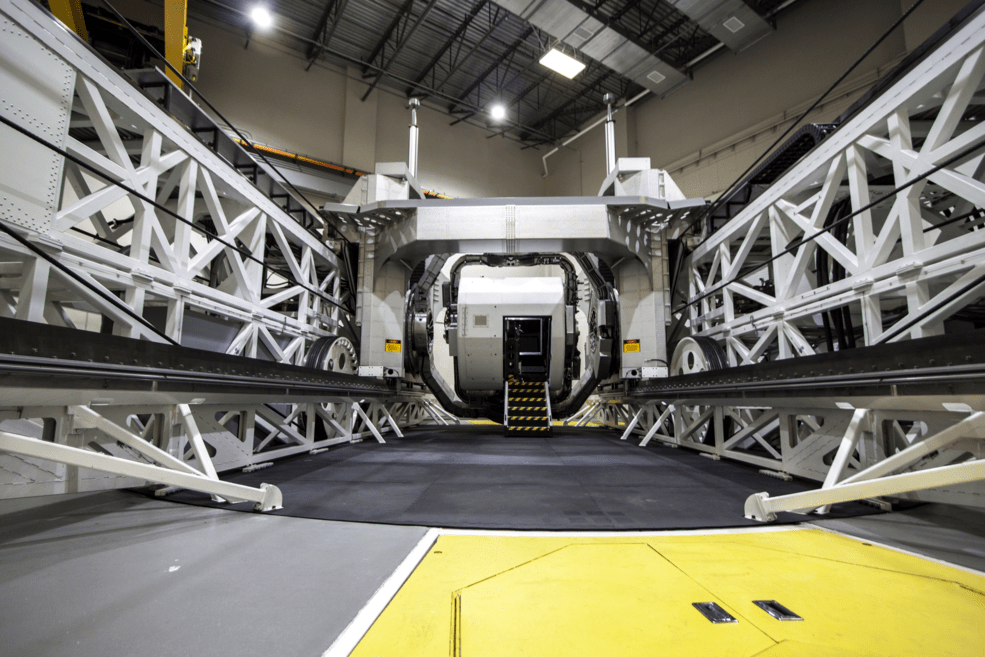NASA Motion Sickness Study: Volunteers Needed!
NASA is partnering with the Naval Medical Research Unit – Dayton and Johns Hopkins University to examine space motion sickness. The study will take approximately 4-6 hours across two days; volunteers for the study will also wear a monitoring device (Actiwatch) for 24 hours.
Participation involves 60 minutes of 2.5Gx exposure in the Kraken Disorientation Research Device, a machine housed at Wright-Patterson Air Force Base near Dayton, Ohio. Participants will then receive either the standard of care for motion sickness or the “StableEyes” intervention, a device developed at the Laboratory of Vestibular Neuroadaptation at Johns Hopkins University. Several pre‐ and post-assessments of vision and balance will be administered.
Participants can receive up to $250 in gift cards plus an additional $50 gift card for completing the study. Volunteers must have an off‐duty status or be on leave to receive compensation.
Watch an animation that shows the movements that volunteers will experience in this study.
Qualified participants must:
- Be active‐duty military or a TRICARE beneficiary.
- Be between the ages of 21 and 60.
- Not have any major medical conditions or vestibular issues.
- Not be pregnant.
- Not have been exposed to centrifuge training in the past 72 hours.
- Not be susceptible to moderate‐to‐severe motion sickness.
Interested?
For more information, contact Darci Gallimore
(darci.gallimore.ctr [at] us.af.mil)
by June 14, 2024
This protocol and recruitment notice was reviewed and approved by the Johns Hopkins University IRB and sent on behalf of the investigators.
NASA Harnesses US Navy Spinning Device to Simulate Spaceflight
A monster of a machine is now allowing NASA scientists to study on Earth the disorientation that astronauts may encounter…
Read the Story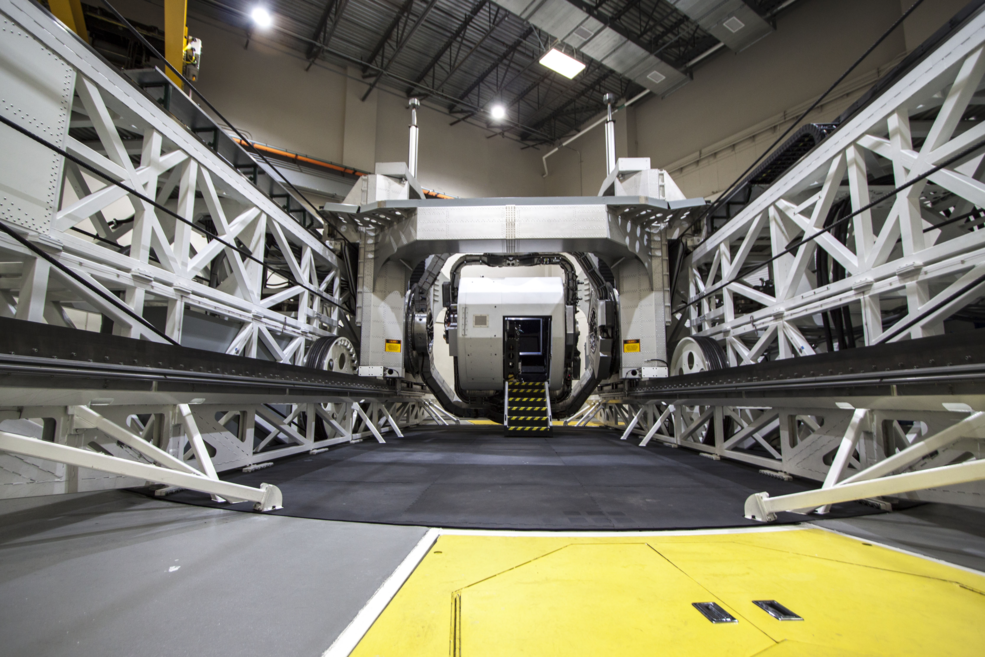
Explore More
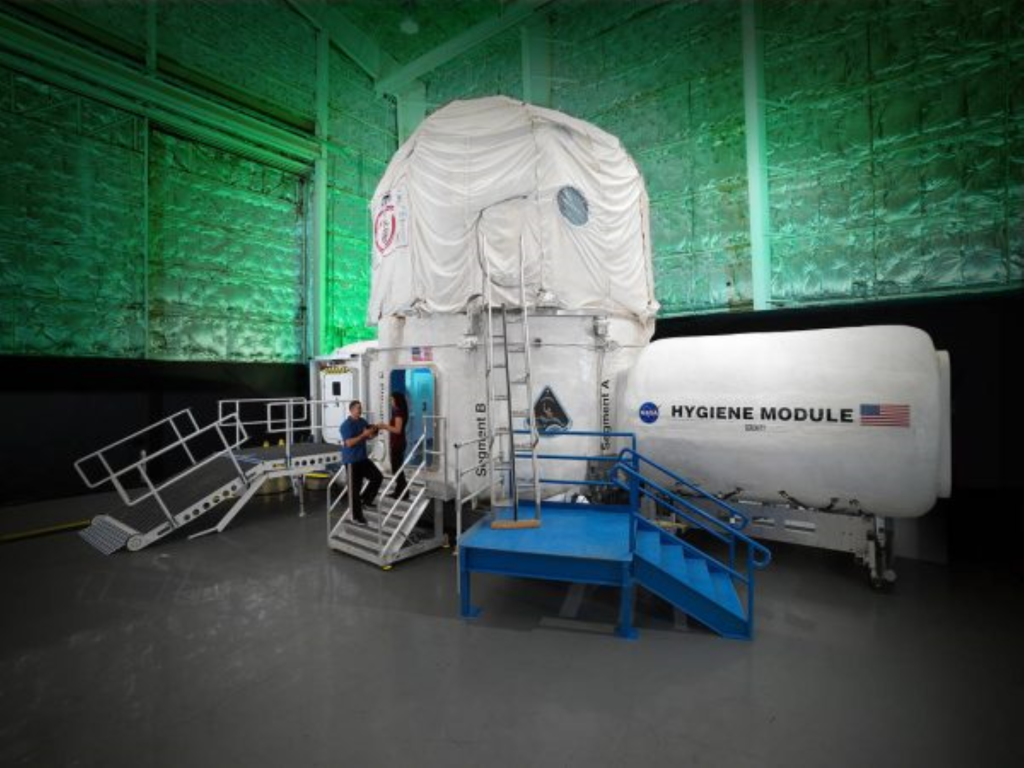
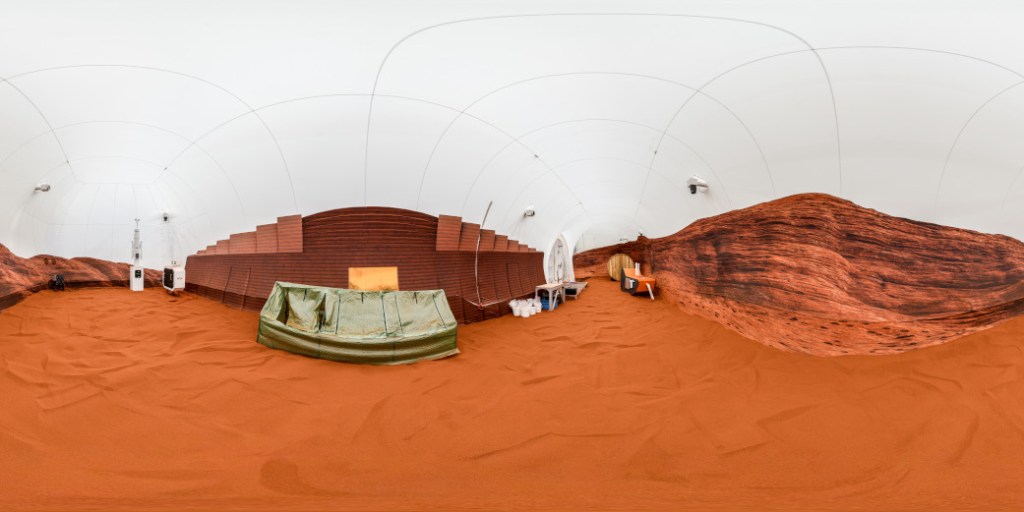
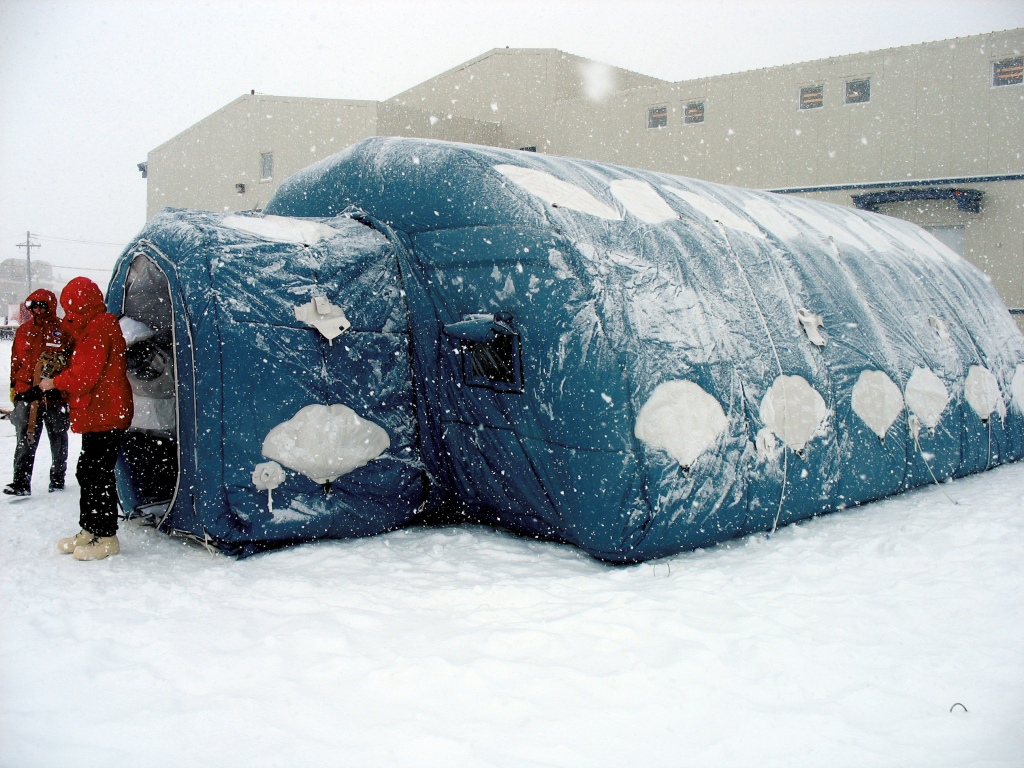

:envihab
Learn about the :envihab (from the words ‘Environment’ and ‘Habitat’) analog.





























